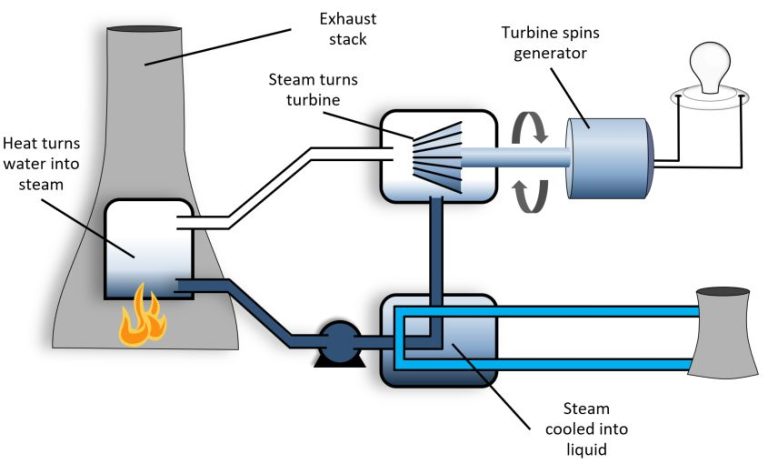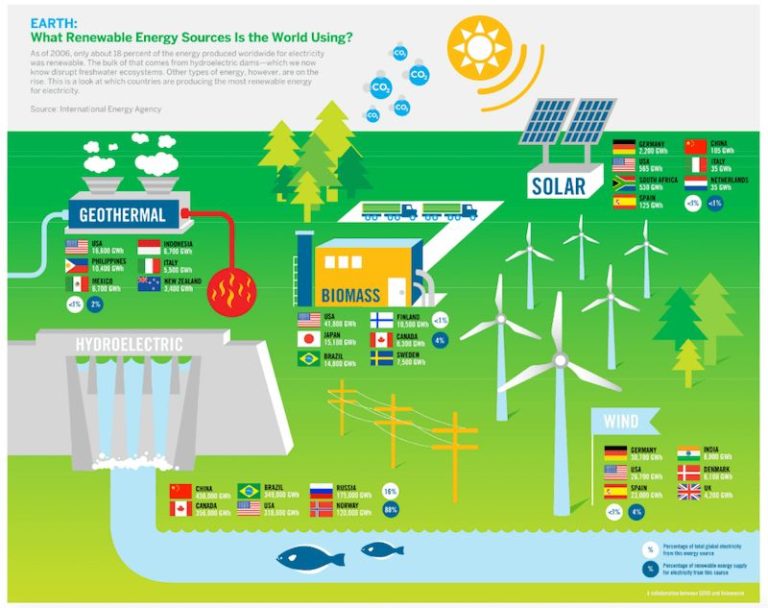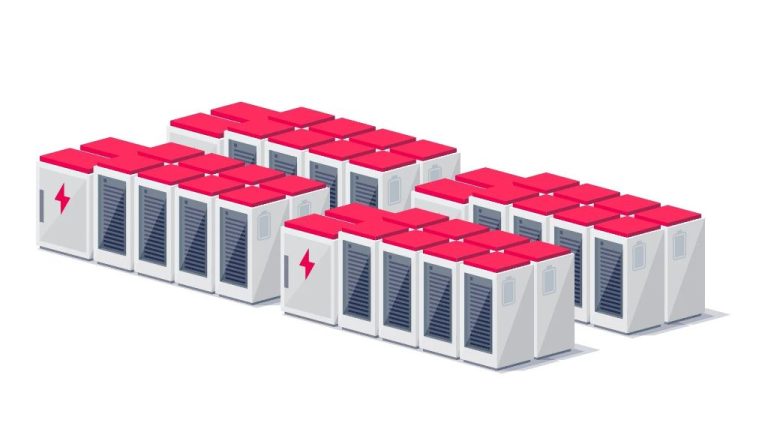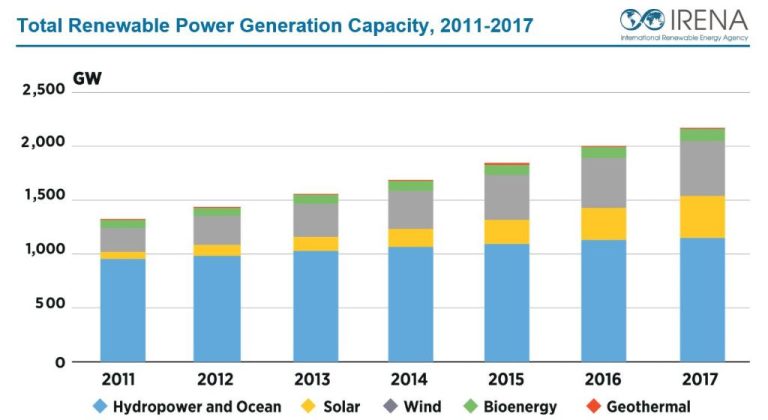What Is Chemical Change In A Short Sentence?
Definition of Chemical Change
A chemical change is a process where substances are converted into different substances through a chemical reaction. This results in the formation of new chemical bonds or the breaking of existing ones in the substances involved in the reaction. Unlike physical changes that only alter the physical properties of a substance, chemical changes transform the molecular composition and chemical identity of the substances involved.
Some key characteristics of chemical changes:
- New substances are formed with different chemical and physical properties
- Energy is absorbed or released
- A chemical reaction occurs
- The process is usually irreversible
In summary, chemical changes involve the rearrangement of atoms and bonds within reactants to generate new chemical products through chemical reactions.
Examples of Chemical Changes
Some common examples of chemical changes include:
-
Burning – When a substance reacts with oxygen, burning occurs. This produces new chemical products like carbon dioxide, water, ash, etc. For example, burning wood produces ash and gases like carbon dioxide.
-
Cooking – Applying heat causes chemical changes in food. For example, heat causes proteins in an egg to denature and solidify into a cooked egg. Frying potatoes causes starch to break down into simpler sugars.
-
Rusting – When iron reacts with oxygen, it forms iron oxide, creating the red, flaky rust. The rust is a different compound than the original iron.
-
Digestion – The body breaks down food via mechanical and chemical digestion. Chemical changes break large molecules like starch and proteins into smaller molecules that can be absorbed.
-
Fermentation – Microorganisms like yeast digest sugars, producing carbon dioxide and alcohol. For example, yeast ferments sugar into alcohol in wine and beer production.
-
Oxidation – Exposure to oxygen causes oxidation in metals like iron, copper, silver, etc. This causes a change in the metal’s chemical structure.
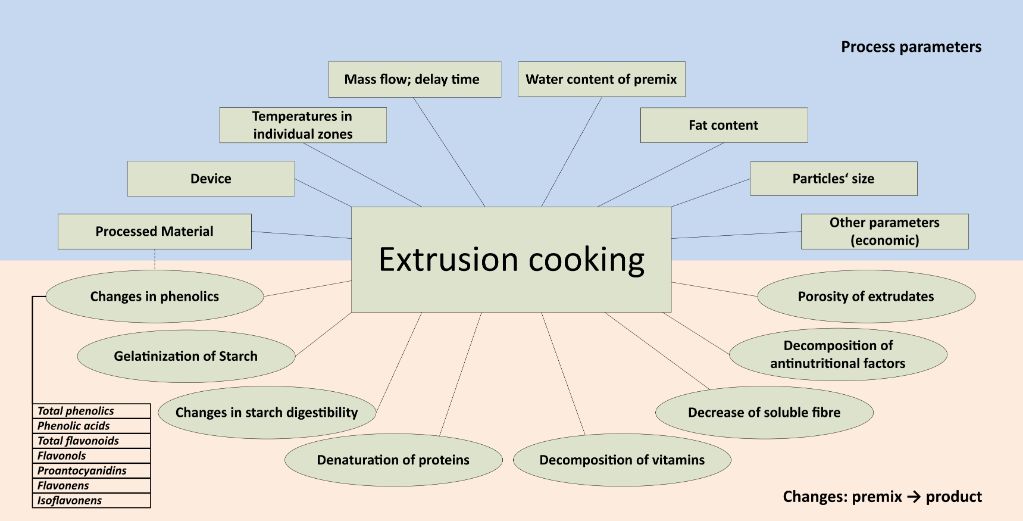
In all these examples, new chemical products are formed demonstrating that a chemical change has occurred.
Characteristics of Chemical Changes
There are several key characteristics that distinguish chemical changes from physical changes:
- Chemical changes are typically irreversible – the original substances are converted into different chemical substances that cannot easily be changed back.
- New substances are formed – the starting substances (reactants) are transformed into new substances (products) with different chemical and physical properties.
- Energy changes occur – energy is either absorbed or released during a chemical change. Exothermic reactions release energy in the form of heat or light. Endothermic reactions absorb energy.
For example, when wood burns, it undergoes an irreversible chemical change. The original wood is transformed into new substances like carbon dioxide, water vapor, ash, and energy in the form of heat and light. This change cannot be easily reversed to obtain the original wood. The formation of these new products with different properties and the release of energy are hallmarks of a chemical change.
Contrast with Physical Change
A chemical change is distinct from a physical change. Physical changes just alter a substance’s shape, phase, or appearance without modifying its chemical composition. For example, melting ice into liquid water or cutting wood into smaller pieces are physical changes. The molecules themselves remain unchanged.
In contrast, chemical changes transform the molecular structure of a substance to create new chemical products. This results in entirely different properties and identities. Chemical changes form new bonds between atoms or break existing bonds. Examples include burning wood, cooking an egg, rusting iron, and combining vinegar and baking soda. The original substances are turned into different molecules.
While physical changes are reversible (you can freeze water back into ice), chemical changes create permanent transformations at the molecular level. The initial substances can’t be recovered or returned to their original state, since the chemical composition has fundamentally changed. This ability to form new substances defines a chemical change.
Importance and Applications
Chemical changes have wide-ranging importance and applications in various fields including industry, cooking, and metabolism.
In industry, chemical changes are essential for producing materials like steel, plastics, pharmaceutical drugs, fertilizers, and more. These materials are created through carefully controlled chemical reactions. Understanding chemical changes allows chemists to optimize reactions for efficiency and yield.
Cooking also relies heavily on chemical changes. When ingredients are mixed and heated, new chemical compounds form that create appealing textures, colors, and flavors. Everything from bread rising to meat browning involves chemical reactions. Master chefs manipulate chemical changes to produce amazing culinary results.
In the body, chemical changes drive metabolism and allow us to grow, repair tissues, and obtain energy. Digestion, respiration, and other metabolic processes all rely on intricate sequences of chemical reactions. Chemical changes transform the food we eat into molecules our cells can use. Understanding metabolic chemical changes provides insight into nutrition and health.
Overall, chemical changes power key processes and innovations across many fields. Studying chemical changes reveals how substances can be transformed into more useful forms, which allows us to advance technology, cooking, medicine and more.
Chemical Reactions
Chemical changes involve chemical reactions and rearrangement of molecular bonds. In a chemical reaction, the molecules and atoms that make up the original substances break apart and recombine to form different molecules and new substances. The original substances are called reactants and the new substances are called products.
For example, when hydrogen and oxygen gases combine and react, they form a new substance, water. The hydrogen and oxygen atoms rearrange and form new H-O bonds to make water molecules. This is a chemical reaction because the reactants (hydrogen and oxygen gases) changed into products (water) through breaking and formation of chemical bonds.
All chemical changes occur through chemical reactions involving rearrangement of bonds. The number and types of atoms stay the same, but the way the atoms are arranged changes to form new molecular structures and compositions. This rearrangement and forming of new bonds distinguishes chemical changes from physical changes where no bonds are broken.
Conservation of Mass
One of the key principles governing chemical changes is conservation of mass. This principle states that the total mass remains constant in a closed system during a chemical reaction or change. In other words, the mass of the reactants before the reaction equals the mass of the products after the reaction. The atoms are merely rearranged into different molecules, but no atoms are created or destroyed.
For example, in the combustion reaction of methane (CH4) and oxygen (O2) to form carbon dioxide (CO2) and water (H2O), the total mass of the reactants equals the total mass of the products. The number and type of atoms remains the same before and after the reaction, they are simply rearranged into different compounds. This principle helps demonstrate that matter cannot be created or destroyed in chemical changes.
Conservation of mass is useful for balancing chemical equations, calculating reaction yields, and analyzing chemical reactions. It is a fundamental principle in chemistry and physics that demonstrates how matter behaves on a molecular level during chemical changes.
Energy Changes
Chemical reactions involve energy changes as bonds are broken and formed. Energy is absorbed when bonds are broken and energy is released when new bonds form. The amount of energy change in a chemical reaction depends on the types of bonds being broken and formed.
For example, when hydrocarbons like methane or gasoline burn in oxygen, the carbon-hydrogen and carbon-carbon bonds in the fuel are broken. This requires energy input. However, new bonds are formed between the carbon and oxygen atoms in carbon dioxide and water. As these bonds form, even more energy is released. This makes combustion reactions highly exothermic, releasing substantial amounts of energy in the form of heat and light.
On the other hand, some chemical reactions absorb energy overall. For instance, the industrial production of ammonia from nitrogen and hydrogen gases requires a significant energy input to break the strong triple bonds in nitrogen molecules. More energy is needed to break bonds than is released when new N-H bonds form in ammonia. This makes the ammonia synthesis reaction endothermic, requiring a net energy input.
By understanding the changes in chemical bonding, chemists can determine whether a reaction will release or absorb energy. This allows them to optimize chemical processes and engineer applications that involve energy transfer during chemical reactions.
Rate of Chemical Change
The rate of a chemical reaction refers to how quickly reactants are converted into products. The rate of chemical reactions can vary widely, from very fast explosions to very slow geological processes that take millions of years. There are several factors that affect the rate of a chemical reaction:
Temperature – Increasing temperature usually speeds up chemical reactions, because the molecules move faster and collide more frequently. Many reactions double in rate for each 10°C rise in temperature.
Concentration – Increasing the concentration or pressure of reactants increases the rate of reaction. With more molecules crowded together in a small space, collisions are more likely to occur.
Surface Area – The greater the surface area of solid reactants exposed, the faster they can dissolve and react. Crushing solids into powders or dispersing gases as small bubbles increases surface area.
Catalysts – Catalysts speed up reactions by providing an alternative pathway with lower activation energy, but are not consumed. Enzymes catalyze most biochemical reactions.
Understanding what affects reaction rates allows chemists to speed up or slow down chemical processes as needed for industrial applications or research.
Chemical Equilibrium
Chemical reactions are reversible under certain conditions. In a reversible reaction, the reactants can form products, and the products can also revert back into reactants. Reversible chemical reactions reach a state of balance called chemical equilibrium.
At equilibrium, the rates of the forward and reverse reactions become equal. The relative concentrations of reactants and products remain constant at this point. Though macroscopically it seems there is no change, at the molecular level the forward and reverse reactions continue, but their rates match so there is no overall change.
The equilibrium position of a reversible reaction can shift in response to changes in temperature, pressure, or concentration. Le Chatelier’s principle states that if a change is imposed on a system at equilibrium, the equilibrium will shift to minimize the effect of that change. If more reactants are added, some products will convert back to reactants to reduce the stress. If temperature or pressure increases, the reaction will shift towards the side with fewer moles of gas to reduce the pressure. The equilibrium keeps adjusting dynamically to counteract an imposed change.
Understanding chemical equilibrium allows chemists to control the extent of reactions and yields of products. Many important industrial processes rely on equilibrium reactions running under optimal conditions to maximize efficiency and output.


